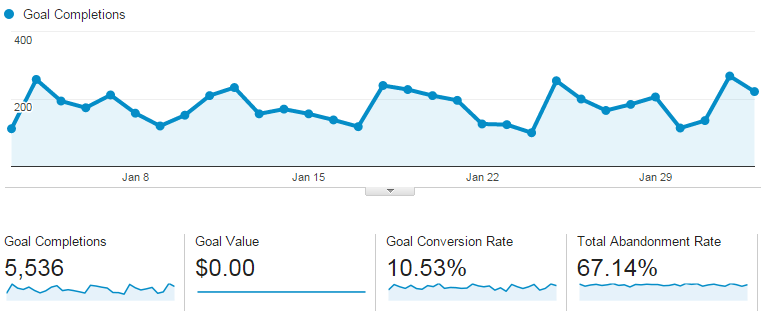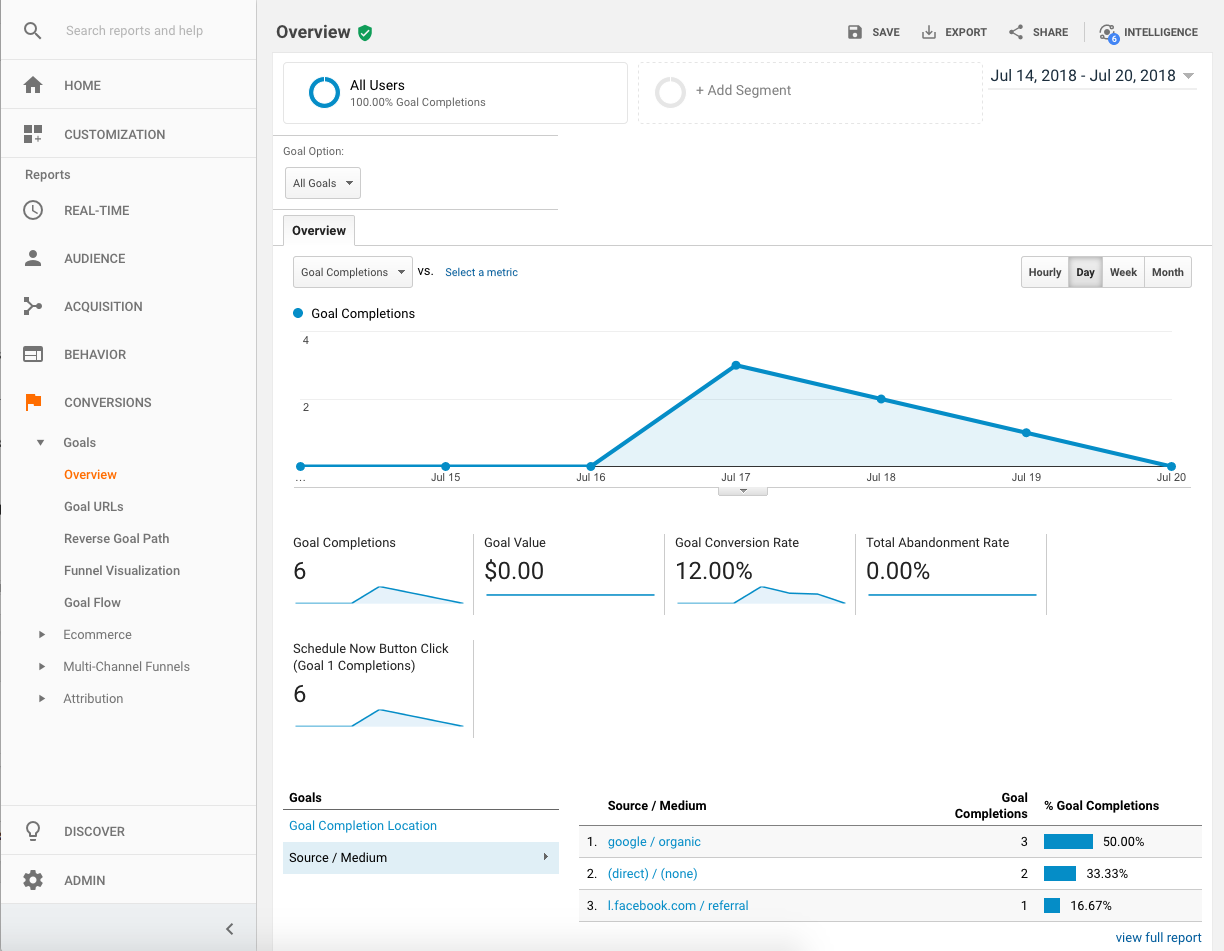Comprehending What Data Is Google Analytics Goals Unable to Track
Comprehending What Data Is Google Analytics Goals Unable to Track
Blog Article
Discover the Limitations of Google Analytics Goals: Unveiling the Data Kind That Remain Untrackable
As services increasingly count on data-driven decision-making, recognizing the restrictions of devices like Google Analytics becomes vital. While Google Analytics Goals offer beneficial insights right into user communications, there exist data kinds that avoid tracking, posturing challenges to a thorough understanding of customer behavior. These untrackable data kinds raise inquiries concerning the accuracy and efficiency of the analytics data that organizations greatly trust for their digital approaches. Curious to discover the hidden dead spots in your information analysis procedure?
Incomplete Individual Journey Tracking
Insufficient customer trip monitoring within Google Analytics can hinder the ability to accurately examine user behavior. When the user trip is not totally tracked, there are voids in the information that stop a detailed understanding of how customers engage with a website. This lack of insight can bring about missed out on possibilities for optimization and improvements to the customer experience.
One typical concern with incomplete user journey tracking is the inability to see the complete course that customers take in the past completing an objective or leaving the site. Without this details, it is challenging to recognize where individuals may be experiencing challenges or friction factors that avoid them from converting. In addition, incomplete monitoring can obscure the impact of particular marketing efforts or website adjustments on customer actions.
To address this constraint, it is critical to set up proper tracking mechanisms within Google Analytics to capture the entire individual trip. This might include establishing event monitoring, goal funnels, or making use of tools like Google Tag Manager to guarantee that no vital communications go unrecorded. By acquiring an extensive sight of the individual trip, website proprietors can make more educated choices to improve user involvement and drive conversions.
Attribution Challenges
Navigating via attribution challenges in Google Analytics needs a complete understanding of how various touchpoints contribute to the total conversion process. Attribution obstacles arise from the intricacy of contemporary customer trips, where users communicate with multiple channels before transforming. Google Analytics supplies numerous attribution designs like initial touch, last touch, and linear, each providing a various perspective on just how credit report is appointed to touchpoints along the conversion path. These designs might not constantly properly reflect the true effect of each touchpoint on the conversion.
One usual acknowledgment obstacle is the problem in attributing conversions to the correct resource, particularly in instances where individuals connect with numerous channels before converting. In addition, cross-device monitoring poses an additional acknowledgment difficulty, as individuals often switch between gadgets during their trip, making it challenging to track their communications perfectly.
Offline Conversions
Offered the challenges linked with connecting conversions properly in online networks, the measurement of offline conversions provides a significant chance for marketing professionals seeking a more thorough understanding of their clients' journey. Offline conversions describe actions that clients absorb the physical world, such as making acquisitions in brick-and-mortar stores or over the phone, going to events, or engaging with published materials - what data is google analytics goals unable to track. These conversions are crucial for services that operate both online and offline, as they supply valuable understandings into the efficiency of advertising and marketing campaigns throughout various touchpoints
Tracking offline conversions typically postured a considerable obstacle for online marketers, as it was testing to connect these actions back to details on-line interactions accurately. Nonetheless, with improvements in innovation, such as the integration of CRM systems, special identifiers, click over here and promo code codes, companies can currently link the void in between online and offline data to obtain a more holistic view of customer behavior. By effectively determining offline conversions, marketing experts can maximize their approaches, allocate resources much more successfully, and eventually improve the total consumer experience.
Cross-Device Tracking
Cross-device monitoring plays a crucial function in recognizing the interconnected nature of consumers' digital communications throughout multiple tools. In today's omnichannel globe, where users flawlessly switch over in between mobile phones, tablet computers, and desktops, tracking their behavior throughout these devices is important for marketing professionals to gain an extensive sight of their customer trip.

Furthermore, personal privacy problems and laws such as GDPR and CCPA have further complicated cross-device tracking. With customers requiring even more control over their try this out information and raised limitations on monitoring technologies, marketing experts have to find ingenious and privacy-compliant means to connect user interactions across gadgets.
Dynamic Material Involvement
Recognizing customer interaction with dynamic content is pivotal in enhancing digital marketing techniques for improved audience communication. Dynamic web content describes site aspects that transform based upon customer actions, choices, or other elements, offering a customized experience. Tracking user communications with vibrant content positions obstacles for standard analytics tools like Google Analytics.
While Google Analytics can track standard communications like clicks and page sights, it may struggle to record even more nuanced engagements within vibrant web content. what data is google analytics goals unable to track. Metrics such as time invested in certain dynamic components, float actions, or communications within pop-ups are commonly not conveniently measurable using basic monitoring techniques. This limitation impedes online marketers' capability to fully realize how customers are involving with dynamic material and customize their techniques as necessary

Final Thought
Finally, Google Analytics objectives have restrictions in tracking insufficient individual trips, attributing conversions precisely, capturing offline conversions, tracking cross-device interactions, and measuring dynamic content published here interaction. These restraints highlight the relevance of discovering additional monitoring approaches and devices to obtain a more thorough understanding of user behavior and conversions past what Google Analytics can supply.
While Google Analytics Goals offer important understandings right into customer interactions, there exist data kinds that thwart monitoring, posing challenges to an extensive understanding of user behavior.Incomplete customer trip monitoring within Google Analytics can hinder the capability to properly examine individual habits. When the customer journey is not fully tracked, there are voids in the data that avoid an extensive understanding of how customers communicate with an internet site.One usual problem with incomplete customer journey monitoring is the lack of ability to see the full course that users take before finishing a goal or leaving the website. By obtaining a thorough view of the customer trip, website owners can make more informed decisions to improve user involvement and drive conversions.
Report this page